- Seller: Michael C (Contact)
- Location: Warwick, Rhode Island
- Mileage: 0 Shown
- Chassis #: J58S101697
- Title Status: Clean
If someone is considering taking on another person’s unfinished restoration project, choosing one owned by a passionate enthusiast with an intimate knowledge of that particular model is an excellent starting point. That is the opportunity awaiting the person who parks this 1958 Chevrolet Corvette in their workshop. Its owner is a former President of the Corvette Club of Rhode Island and former President of the NCRS (New England Chapter). It is a complete vehicle, and while he commenced the process of returning it to a similar standard to his existing pair of Duntov Award Winners, he is unable to complete this build. Therefore, his son has listed it exclusively on his behalf at Barn Finds.
The C1 Corvette did not have a promising start in the market, and disappointing early sales results brought the badge to the point where Chevrolet considered ending the program. Thankfully, it persisted, and the 1958 model year saw record sales of 9,168 vehicles. This beauty is a solid and complete car showing evidence of its original Signet Red paint in various locations. The build stalled pretty early, and a frame-off approach would be justified, considering the potential value locked away in this classic. It will be time-consuming, but the reward should be a car that presents as beautifully as it did the day it rolled off the showroom floor. Some surface preparation required to massage the fiberglass to perfection is done, but more is needed before the new owner wields their spray gun on its exterior. The car is structurally sound, while the factory soft and hardtops offer the option of wind-in-the-hair motoring or all-weather protection. The owner’s son also holds a significant collection of parts that may be open for negotiation with interested parties.
Purists considering this classic as a faithful restoration project will be pleased to learn it is numbers-matching. That is a significant consideration, especially for those viewing the long-term investment potential of this Corvette. The engine bay houses a 283ci V8 backed by a three-speed manual transmission. Chevrolet had discovered its performance mojo with the 1958 Corvette, and only those equipped with the two-speed Powerglide failed to break the 16-second barrier for the ¼-mile. The engine doesn’t currently run, but like the rest of the car, it is complete. Pulling it to detail everything to a high standard would be logical, but that could also provide an opportunity for a rebuild that would guarantee this gem is in excellent health when returned to its rightful place on our roads.
The initial impression made by this Corvette’s interior isn’t positive, but scrolling through the photo gallery reveals a pleasant surprise. The owner has fresh Black trim and hardware that will return it to showroom condition. Potential buyers will be relieved because, with even the most affordable kits selling for several thousand dollars, that will save a considerable sum on this build. It is also worth remembering that the owner is a perfectionist who performed his past work to the highest standard. Therefore, the included trim is the best that money can buy. The new owner faces a few painting and detailing tasks, but the impression is that it will take more time than money to tackle this aspect of the restoration.
Returning this 1958 Chevrolet Corvette to its former glory will be a significant undertaking, but the buyer will start that process with a rock-solid and numbers-matching car. A potential six-figure value awaits them if they achieve perfection, and with values climbing steadily, history suggests it will continue appreciating. The beauty of C1 Corvettes is that Chevrolet employed elegantly simple engineering and construction principles, meaning the new owner could tackle many of the required tasks in a home workshop without needing specialist tools. However, for those unwilling or unable to undertake such a project, the owner also has another pair of prize-winning C1s available. The first is a 1956 model, which is 1-of-499 finished in Snowcrest White with Silver coves. However, the other is a genuine automotive unicorn. It is #280 of the 300 Corvettes produced in 1953. These classics are available to the right buyer, but if you want a classic that will provide unparalleled satisfaction, this ’58 is the one.
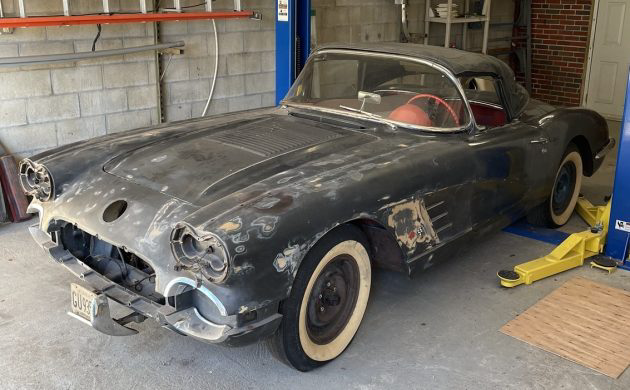
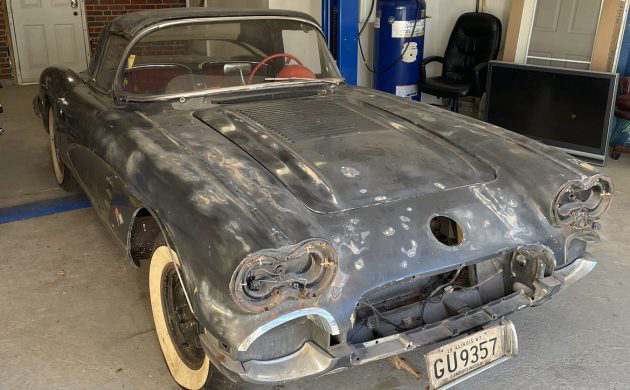
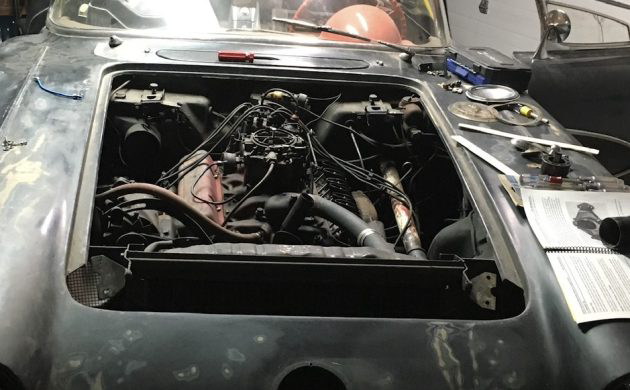
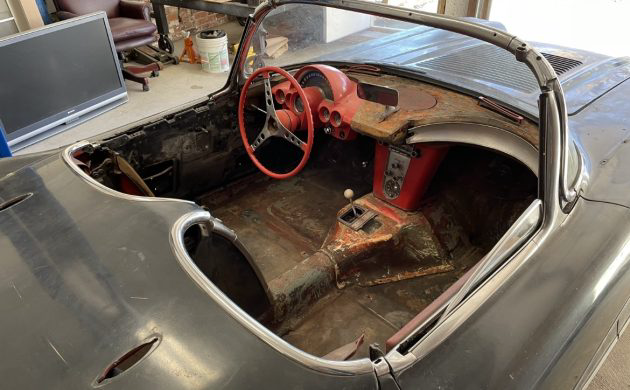
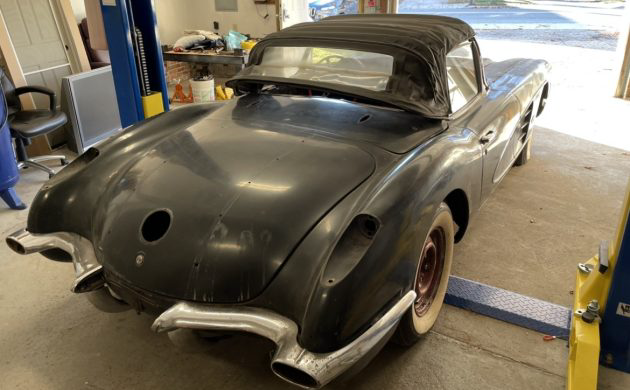

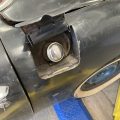
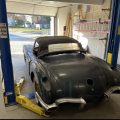
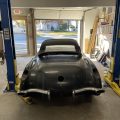

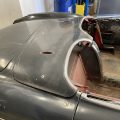
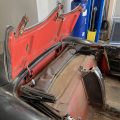
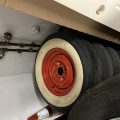
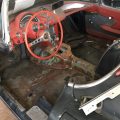

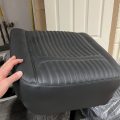
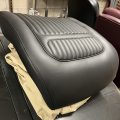

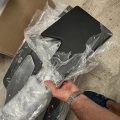
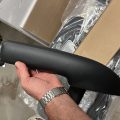
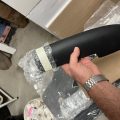

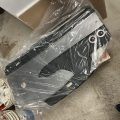
Perhaps an oversight, but no mention is made of the staus of the one year only exterior trim. If that is missing, it is a major factor in the asking price, as reproduction trim not made.
I suggest adding pictures of the engine stamping and transmission stamping as C1 and C2 Corvettes are notorious for having restamped engines. Also underside pics.
GLWTA
Don’t forget it was a one-year only interior too.
No such thing as “numbers matching” on a ’58. Corvettes built before 1960 did not have engine numbers that matched the VIN. The usual way to determine if an engine is likely original to the car is to compare the build date (from engine casting) with the build date on the car.
A point of contention for me would be the condition of the fiberglass. If a person understands degradation of fiberglass, concrete, plastic etc. when freshly poured it reaches iits strongest point in a d few years then starts to degrade desalination and crumble. Caveat emptor.
Frog is right. Many years ago, when I bought my first C2 to restore, I thought “Great, these don’t rust, bodywork will be much easier and cheaper”. I was Wrong. While fiberglass does nor rust, it does degrade in a number of ways. It arguably takes more time, and skill to restore than metal. It is really a separate art, especially paint prep. If you are capable (or willing to learn) how to work with fiberglass, cars like this can be a worthwhile project. I have restored many C1,C2, and C3 Corvettes. Most were barn-finds, and some were crashed basket-cases. If you are paying someone else to do complete body/paint, you will be upside-down. That is if you can even find a shop that is capable, and willing to take it on. These days, most shops concentrate on high-profit late-model collision repair.
Spell check drives me nuts. Must be a bunch of old anal retired English teachers behind the scenes.
This is going to be a very tough sell for anything close to $50,000.
The fiberglass looks good from here. The resin/fiber mix was much improved for the ’58 model year. Prior to that too much resin was used. The ’56 and ’57 Corvette bodies would egg-shell crack over time (rather than beard) due to sunlight exposure.
The body also appears to be wearing few layers of paint. The original color was obviously gray, not red like the interior. I doubt there’s much, if any, prior collision damage.
The new interior pieces won’t appeal to many buyers. A purist would want red-colored soft parts, and a custom builder wouldn’t want anything stock looking.
The list of optional equipment is short. I see a radio, heater, a second top and little else. Who wants to restore a base engine, 3-speed car?
those who can afford a 30-40K$ initial buy.
Engine out? Restore (me anyway) set aside for resale & get a blue flame outa a truck basket case/other where. I love the ’56-60 C1 (only).
Any project (selectively, also ’56-60 C1) is more for me rather than finished.
Illinois car ,check frame for rot no photos of the underneath and it would be easy especially since it’s sitting on the ground inside a twin post lift! Car looks solid otherwise
Way over priced. But you get the option of paying even more if you want to buy the other parts they have. I sold my 60 3 years ago with a restored frame under it and with hardtop, Honduras maroon with black int
For 25k. This purchase at asking price makes no sense.
Strange that it does not have a 1958 hood or deck lid on it.
The early Corvettes owe there existance to the introduction
of the Thunderbird in 1954.Having a 1957 model down here in Australia
i would rather have a split window Corvette.
The corvette came out in 1953. The thunderbird came out in 1955.
“Who wants to restore a base engine, 3-speed car?”
I would!
My father had a black 58, red interior, with the base engine and the 3-speed.
It was radio delete. He used the spears on the trunk as his antenna.
I don’t see the hole for the antenna. But I also don’t see the holes for the trunk spears.
His had a hardtop, not a soft top. But one could have added the soft top. I gave him a wooden steering wheel to replace the stock wheel. So this is probably not his. Besides, I’m still trying to get his 62 back on the road.
Cam W I have also restored corvettes over the years fiberglass repair is an art its a dusty mess you have use the right primers Etc
Hard to see but the louvered hood is in several of the pictures. On the trunk, you can see the holes where the spears were mounted. Again, hard to see.